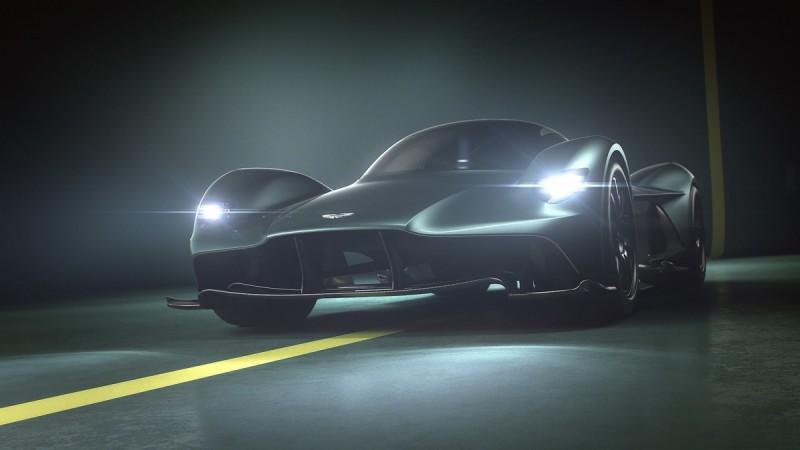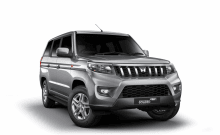
Aston Martin, the British luxury sports cars and grand tourer maker, got the much-need reboot with the launch of its first all-new model in a decade – the flagship DB11 coupe in 2016. The DB11 steered the company to register a rise in sales by 75 percent in the first quarter of 2017, after six years of loss-making.
To keep the positive momentum, Aston Martin is set to add new vehicles in the line-up and one of those would be a mid-engined sports car rivaling Ferrari 488 GTB. The purported model is reportedly due to arrive in 2020.
Also read: Sorry Brits! Aston Martin V8 Vantage S 'Great Britain' edition is not for you
"In 2019 we'll have DBX and then we'll have, for the sake of argument, let's call it a [Ferrari] 488 competitor," Aston Martin's CEO Andy palmer said in an interview with Auto Express.
Palmer also shed some light on the future line of the brand, which is known for its association with the James Bond movie series. Aston Martin intends to have seven core new models in seven years. "We have one car every year for the next seven years. It starts with our GT cars: DB11, Vantage and Vanquish," Palmer said. "Then we have Lagonda, which is Lagonda One and Lagonda Two. Each car has a seven-year life, so in 2023 you have DB12."
The 488 GTB will essentially bridge the gap between the halo model, Valkyrie, with Red Bull F1 designer Adrian Newey and the rest of the line-up. Asked whether the new car has to be mid-engined, Palmer said, "It's easier to get the 50:50 weight distributions and that market tends to be defined as mid-engined."

Ahead of the 488 GTB rival, the new model from Aston Martin is the DBX crossover that has been earmarked for a 2019 launch. The DBX crossover was first shown at the 85th Geneva International Motor Show. The concept at the show was steered by electric motors powered by lithium sulphur cells. The concept featured drive-by-wire electric steering and bespoke driver and passenger head-up displays. It also featured LED exterior lights, carbon ceramic brakes with a kinetic energy recovery system (KERS) and rear view cameras in place of conventional mirrors.





!['Lip lock, pressure, pyaar': Vidya Balan- Pratik Gandhi shine in non-judgmental infidelity romcom Do Aur Do Pyaar [ Review]](https://data1.ibtimes.co.in/en/full/797104/lip-lock-pressure-pyaar-vidya-balan-pratik-gandhi-shine-non-judgmental-infidelity-romcom.jpg?w=220&h=138)







